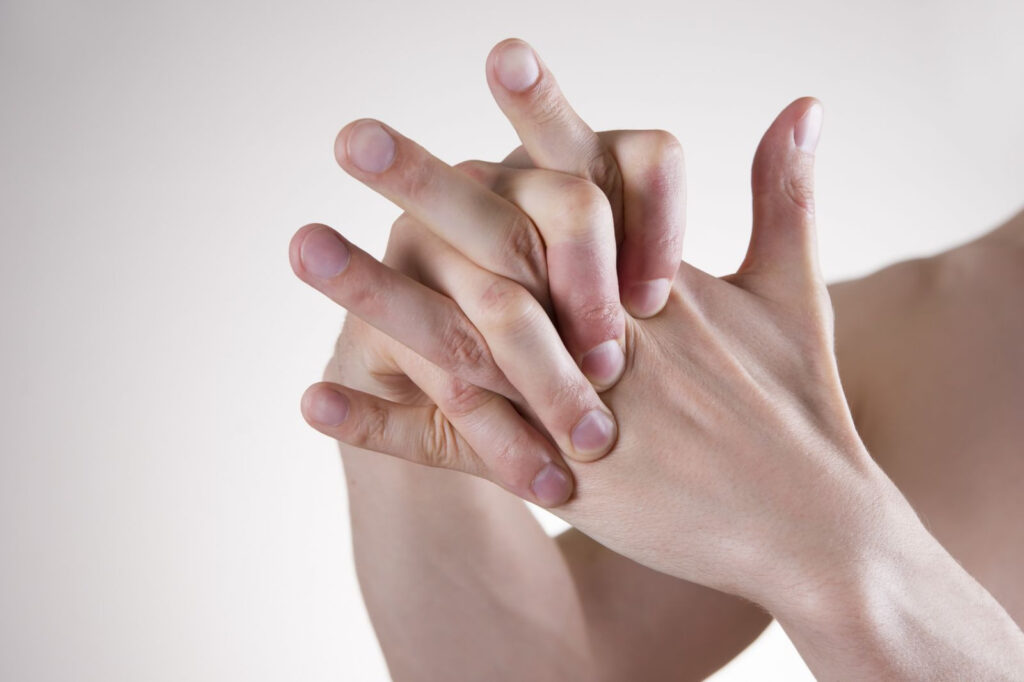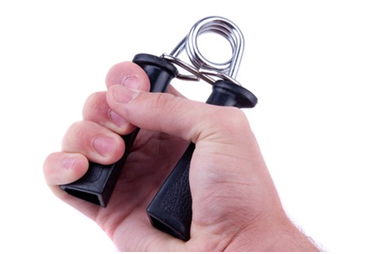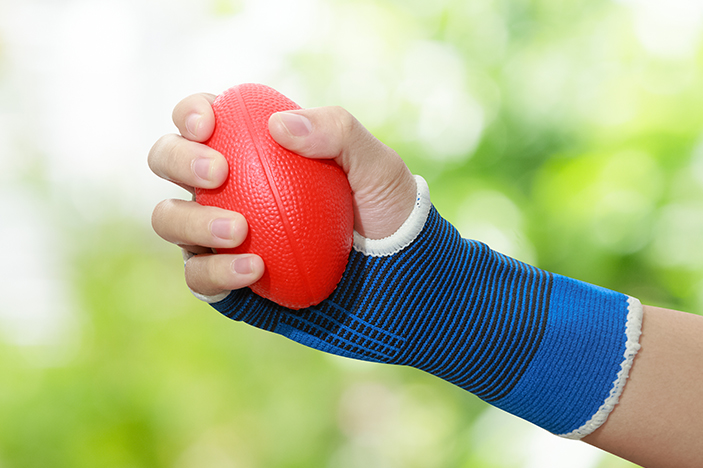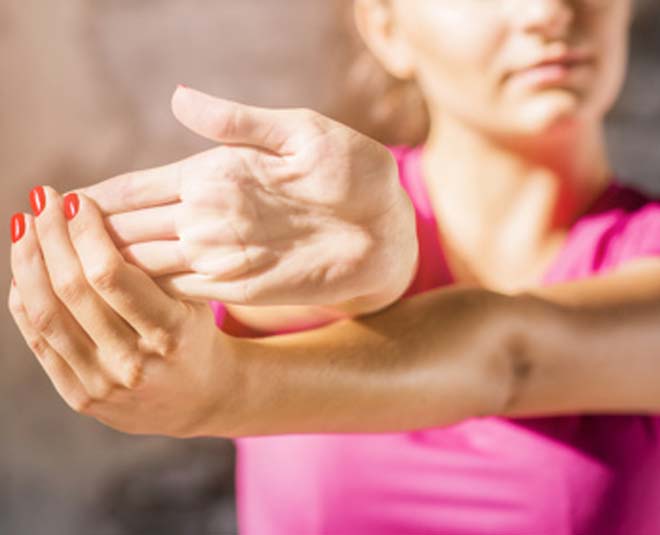Introduction
If you have stiffness, oedema, or pain in your hands and are having difficulty performing daily tasks, the right workouts can help you get back in motion.
Therapists will frequently offer specific hand exercises based on the condition. Stretching can help improve the range of motion of a joint or loosen tight muscles and tendons. Other exercises work to strengthen the muscles surrounding a joint in order to increase power or endurance.
Stretching exercises for the wrists and hands
Every day, your hands do a variety of jobs, from holding the driving wheel to typing on a keyboard. These repetitive tasks may cause wrist and finger weakness and stiffness.
Simple workouts can help prevent injuries. Wrist-strengthening exercises can keep your fingers and hands supple while also strengthening them.
Wrist and hand stretching are important.
Wrist exercises improve flexibility and reduce the likelihood of injury. Stretching is advised as a preventative strategy or to alleviate minor pain.
However, unless prescribed by a healthcare practitioner, they should not be used by those who have inflammation or major joint damage. This is because exercising may cause more injury to your wrists or hands in those instances.

Before attempting new stretches or treatments, always with your doctor. It is critical to first determine the source of your wrist pain.
The Benefits of Hand Exercises
If you neglect your hands, they may sustain the same injuries as the rest of your body. People who participate in repetitive activities or grip with force are more prone to experience pain and swelling, which can be linked to disorders including carpal tunnel syndrome and trigger finger and thumb.
So, just as you would spend time stretching your arms and legs before and after a workout, you should take the same care and attention to your hands. After all, the hands are the most used part of the body.
While each type of arthritis affects the joints differently, there is plenty of evidence that those with rheumatoid arthritis and osteoarthritis, who frequently have difficulty gripping objects due to painful joints, can experience symptom relief as well as positive effects on strength by performing hand exercises. Hand exercises, in particular, can:
- Improve joint support by strengthening the muscles around the joints.
- Increase the flow of synovial fluid (lubricates and helps cushion the joints to keep them moving smoothly)
- Warm the muscles and ligaments by increasing blood flow to your hands.
- Increase the amount of oxygen and nutrients that flow through the joint membranes, activating the process of cell debris removal from joints.
- Increase your adaptability.
- Increase your range of motion.
- The joint injury should be minimized.
- Muscle elongation lowers the chance of damage.
- Pain relief
Simple hand and wrist stretches
There are several easy wrist stretches you can do at your desk at work.
Praying position stretches
- Stand with your palms together in a praying position. Check that your elbows are touching. Place your hands in front of your eyes.
- Slowly separate your elbows while pressing your palms together. Lower your hands to your waist while doing so. Stop when your hands are in front of your belly button or you sense a stretch.
- After 10 to 30 seconds, repeat the stretch.
- Raise one arm in front of you to shoulder height.
- With your palm down, face the floor.
- Relax your wrist and point your fingers downward.
- With your free hand, gently bring your fingers back toward your body.
- Maintain this position for 10 to 30 seconds.

Extended arm
Extend in the opposite direction by doing the following:
- Extend your arm so that the palm of your hand is facing the ceiling.
- With your free hand, gently press your fingers down toward the floor.
- Gently pull your fingers back toward your body.
- Maintain this position for 10 to 30 seconds.
Rep with the other arm for both stretches. Two or three repetitions through the stretches for each arm.
Clenched fists
- While seated, place your open hands on your thighs, palms up.
- Slowly make fists with your hands. Avoid clenching your teeth too tightly.
- Raise your fists off your legs and back toward your body, bending at the wrist and connecting your legs with your forearms.
- Maintain the position for 10 seconds.
- Reduce the size of your fists and gradually widen your fingers.
- Rep ten more times.
Explosions of Fists
Increasing the range of motion in your fingers and hands, as demonstrated in this hand workout, can help prevent ligament, tendon, and joint capsule injury.
- Squeeze your thumb over your curled fingers to make the tightest fist you can.
- Then, totally unroll your hand, spreading your fingers as far apart as you can without hurting yourself.
- Perform 10-15 reps.
Marches de doigts
This workout develops your finger extensors and increases your finger’s range of motion.
- Place your hands palm-side down on a table or hard surface, palms up.
- Lift each finger off the table as high as you can, one at a time, and then return it to the starting position.
- 10 times through each finger and thumb on both hands.
Squeezes of the Claws
This exercise improves the muscles that allow you to flex your fingers.
- Fully extend your hand, then curl each finger and squeeze it as hard as you can in this bent posture. You should have your hand in a claw position.
- Hold the squeeze for 3-5 seconds before releasing.
- Perform 15 repetitions.
Increasing hand and wrist strength
Increasing your wrist strength can also help you avoid injury. There are various workouts you can do at home or at the office to increase strength.
The desk press
- Place your palms face up under a desk or table while seated.
- Press your palms against the desk’s bottom.
- Hold the position for 5 to 10 seconds.
This exercise strengthens the muscles from your wrists to your inner elbows.
Squeeze a tennis ball
For 5 to 10 seconds, squeeze a tennis ball or stress ball hard.

This should not be difficult. It should, however, assist you to strengthen your wrists.
Work with your thumbs
Push workout:
- Make a fist and raise your thumb as though giving a thumbs-up gesture.
- To restrict your thumb from moving, use your thumb and hand muscles to provide resistance.
- With your free hand, gently draw back on your thumb.
- Hold and then repeat.
Pull workout:
- Make a fist and extend your thumb.
- To maintain your thumb pointed up toward the ceiling, use your thumb and hand muscles to create resistance.
- Gently push the thumb forward with your free hand.
- Hold and then repeat.
Wrists and hands yoga
Yoga is a great way to strengthen your wrists and hands. Several yoga-inspired hands and wrist exercises are listed below.
Eight consecutive eights
- Join your fingers in front of your body.
- Make a figure eight with your interlaced hands while keeping your elbows tucked into your sides.
- Allow your wrists to fully rotate such that one hand alternates between resting on top of the other.
- This workout should last between 10 and 15 seconds.
- After resting, repeat.
- While seated, raise your arms over your head and interlace your fingers with your palms together.
- Turn your hands up, fingers intertwined, and face the ceiling. You can either keep your arms slightly bent or straight.
- Keep the stretch going.
- Repeat by lowering your arms.
Overhead reach
This exercise stretches the muscles in the forearms and hands. It also increases flexibility and boosts circulation.
Eagle weapons
This workout is based on the Eagle Pose.
- Extend your arms in front of you, parallel to the floor.
- Cross your right arm over your left, such that your right arm is on top.
- Flex your elbows.
- Insert your right elbow into the crook of your left arm. Your hands’ backs should be touching.
- Move your right arm to the right and your left arm to the left. Your right thumb should pass through the little finger on your left hand. You should have your palms facing each other.
- Put your palms together, raise your elbows, and stretch your fingers. They should be aimed at the ceiling.
- Refrain from lifting your shoulders when you elevate your arms.
- Hold the position for 15 to 30 seconds.
- Rep on the opposite side.
How to Get the Most Out of Hand Exercises
Daily exercises should be performed. Most of these exercises are simple enough to do at a table or counter, on the bus, while waiting in line, or even before getting out of bed in the morning. This will keep your fingers flexible all day.
Don’t go too far. All exercises should be performed slowly and with caution. To avoid damaging or harming yourself, stop when you feel discomfort or tension. Consult your doctor or physical therapist about the optimal number of reps to avoid strains.
Make use of wet heat. Moist heat may make movements more comfortable and simpler. Immerse your hands in warm water for 5-10 minutes before beginning the workouts. Another approach is to wrap your hands in a hot water-soaked towel and repeat these motions while taking a warm shower.

Relax. When executing the exercises, it is vital to be relaxed and mindful. Breathing in through your nose and out through your mouth can help you relax and reduce stress.
Make your fitness routine one-of-a-kind. Because everyone’s circumstances are unique, it is strongly advised that you consult with your doctor before beginning any workout program. You and your partner can come up with a workout plan that works best for you.
Conclusion
You can minimize or even eliminate pain in your hands with a few simple stretches. Consult your doctor first to see if these stretches are safe for you, especially if you have an injury.
If you’ve been given the go-ahead, don’t be hesitant to set aside some time each day to complete these stretches, especially if your job requires hours of keyboarding. Your hands will thank you!
